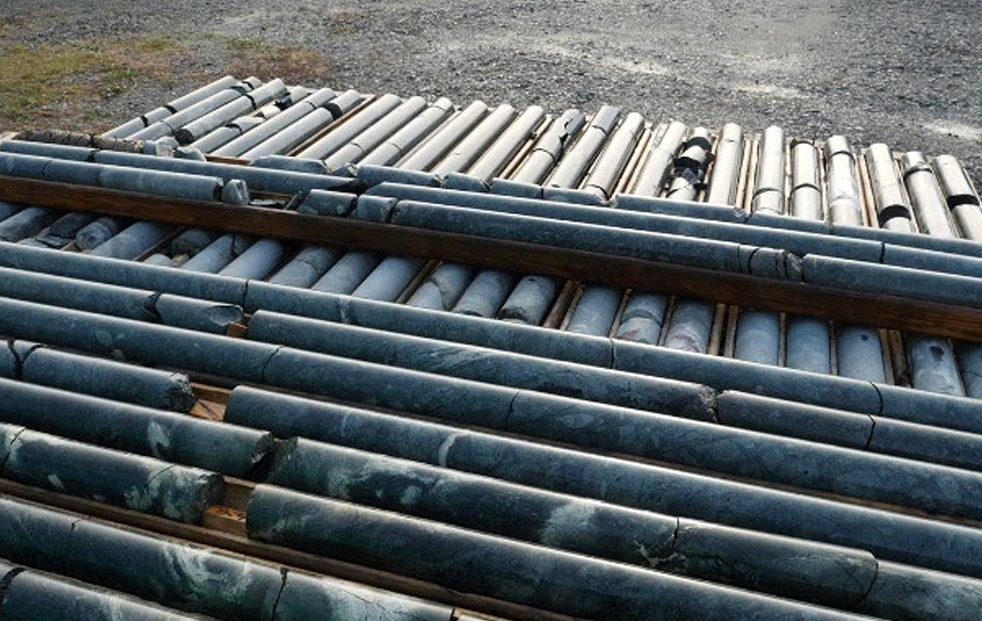Canada Nickel publishes positive Crawford feasibility including carbon capture


Canada Nickel Company (TSXV:CNC; OTCQX:CNIKF) has released the results of its bankable feasibility study for the wholly owned Crawford nickel sulphide project. The study confirms significantly improved economics compared to the preliminary economic assessment (PEA), which did not include carbon capture and storage.
The Crawford project now has an after-tax net present value with an 8% discount of US$2.6 billion and an after-tax internal rate of return of 18.3% with carbon capture. Compare this to the PEA numbers of US$2.5 billion and 17.1%, respectively.
According to Canada Nickel’s numbers, the Crawford deposit has the world’s second-largest nickel reserves – 8.35 billion lb. of nickel. The proven and probable reserves total 1.72 billion tonnes grading 0.22% nickel, plus copper, palladium, and platinum.
Crawford also has the world’s second largest nickel resources. Inclusive of reserves the measured and indicated resources are 2.46 billion tonnes at 0.24% nickel, containing 13.30 billion lb. of nickel. There is also an inferred resource of 1.69 billion tonnes grading 0.22% nickel, containing 8.21 billion lb. of nickel.
The project has an initial life of 41 years, during which time it will produce 3.54 billion lb. of nickel, 52.9 million lb. of cobalt, 490,000 oz. of palladium and platinum, 58 million tonnes of iron, and 6.2 million lb. of chromium. Annual EBITDA will be US$811 million, and the free cash flow will be US$546 million.
Uniquely, Crawford will be a net negative contributor to global carbon dioxide (CO2) emissions, thanks to its ability to capture and store 1.5 million t/y of carbon. There will also be room to capture and store 30 million tonnes of carbon from third parties.
The company’s in-process tailings (IPT) method of carbonization will be used. It involves injecting a concentrated source of CO2 into tailings in the mill. The carbon is geologically sequestered in the tails while they are in the processing circuit, rather than after. (See CMJ news for Jan. 4, 2023.)
The concentrator will include a conventional milling circuit, including crushing, semi-autogenous and ball milling, desliming, nickel flotation, magnetic separation of the tails, and IPT carbonation. The flowsheet has been optimized from what was anticipated in the PEA. It is expected to deliver improved recoveries of all base metals, improved concentrate grades, and carbon storage. Both a nickel concentrate (34% nickel, 0.79% cobalt, and 4.1 g/t palladium and platinum) and an iron ore concentrate (55% iron, 0.3% nickel, and 2.6% chromium) will be produced.
Crawford will consist of two separate open pits of about equal tonnages of ore. When the first pit is exhausted in year 17, it will become tailings storage; this strategy reduces the project surficial and environmental footprint while reducing the cost of tailings management. The production fleet – drills, shovels, and trucks – will be electrically powered.
Canada Nickel puts capital costs for the first and second stages of the project at US$3.54 billion. After that there will be US$1.62 million for sustaining costs. The capital cost does not include escalation or interest.
The feasibility study in its entirety was not yet published on the company’s website, but it should be shortly. Visit www.CanadaNickel.com.
Comments